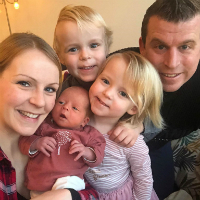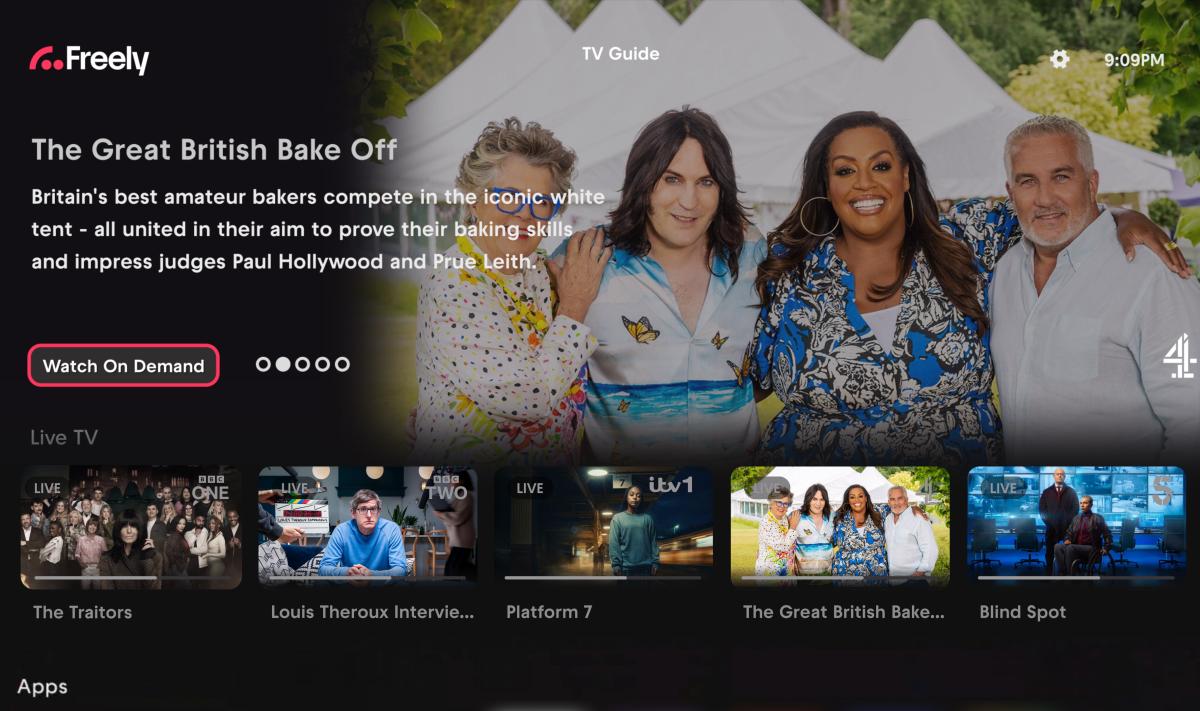 Creators on YouTube have been trying to find alternative sources of revenue for as long as the platform has allowed content to be monetised. This is partly to prevent YouTube from taking their cut of the ad revenue and to gain some sort of independence. However, this independence movement has accelerated in recent years following the ‘adpocalypse’, which lead to YouTube tightening up their rules on which content could and couldn’t be monetised. Most major YouTubers have been trying to generate income from additional sources, usually from brand sponsorships, merchandise sales, or through crowdfunding sites like Patreon.
Creators on YouTube have been trying to find alternative sources of revenue for as long as the platform has allowed content to be monetised. This is partly to prevent YouTube from taking their cut of the ad revenue and to gain some sort of independence. However, this independence movement has accelerated in recent years following the ‘adpocalypse’, which lead to YouTube tightening up their rules on which content could and couldn’t be monetised. Most major YouTubers have been trying to generate income from additional sources, usually from brand sponsorships, merchandise sales, or through crowdfunding sites like Patreon.
However, one of the Netherlands’ most popular YouTube channels, ‘De Bellinga’s’, has taken a different approach. De Bellinga’s is a family-run channel run by the Bellinga family. The channel started with husband and wife Daniël and Fara Bellinga vlogging about their family’s life largely for their own amusement, along with their children Luan (6), Lucilla (4) and Luxy (1).
But as the family sought to make a business out of their passion for video, they transitioned to posting healthy living content geared towards other young parents, giving their tips on cooking, grocery shopping, and how to live an active lifestyle.
From Family Videos to a Multichannel Video Offering, Including OTT
The Bellinga family are largely unknown outside of their native Netherlands, likely due in large part to the fact that all their videos are in Dutch, limiting their international appeal. But they pick up over ten million views each month, which TradeCast OTT TV and cloud video specialist Kenneth Stamp says makes them comparable in viewership to Dutch prime-time TV.
Whilst content on lifestyle and healthy living enjoyed considerable success, it was the videos which featured the parents spending time playing with their kids and enjoying life together proved most popular. The Bellingas were advised by a Dutch TV station that the wholesome nature of those sorts of videos would appeal to a wide audience, and that they should make this their core focus.
The couple agreed, switching back to vlogging about their daily lives, and putting out videos on a daily basis. This proved the right decision, their simple videos showing the two parents looking after and playing with their children appealed to young families and young children, and helped the Bellingas build their audience and grow their YouTube revenues.
As the family’s channel grew though, they started to believe that relying solely on YouTube was like “building their house on quicksand” according to Stamp. “It pays the bills and then some, but it’s still borrowed ground, it’s still not your own platform.”
After a chance meeting with Yillmaz Schoen (TradeCast’s CEO) at a football match in Zwolle, the Bellinga’s agreed to work with TradeCast to create their own video platform, with apps made for smartphones, smart TVs, Apple TV, and wherever else their audience was already active. The idea wasn’t to move away from YouTube, which was still the family’s primary source of income, but to reduce their absolute reliance on YouTube, and to give the family more ownership of their audience and their data.
The app they built, Bellinga TV, is completely ad supported, with the Bellingas selling ads themselves to brands which see their content as a good fit.
Despite making the content free to access, the Bellingas recognised there would still need to be unique content on their own platform to give audiences a reason to sign up. “The big selling point for the platform was that there would be unique content on there, not the same content that people see every day on YouTube, because we already know where to find that content,” said Stamp. “And if you remove that content from YouTube you’d immediately disable one of their biggest revenue streams, so that wouldn’t be a good idea!”
They also focused on interactivity, launching a “fan app”, where their subscribers could upload their own content, with encouragement from the Bellignas. The couple would put out videos setting a certain theme, for example asking their audience to submit clips where they talk about their favourite food, and then the Bellingas would create a compilation video out of their favourite uploads.
These two things proved successful in pulling a large portion of their audience onto Bellinga TV. “We didn’t really have high expectations of how many people would download the app and also register, because registering for a platform you don’t know might not be something you’d want to immediately do if you’re not sure what the content will be,” said Stamp. But two days after the app was launched, 25 percent of their YouTube subscriber base had registered for Bellinga TV, and their iOS app was the number one free app on the App Store in the Netherlands.
Reaping the Benefits of Independence
Stamp says this move onto their own platform has had a number of benefits for the Bellingas. Firstly, it’s helped them separate out at least some of their content from other, less brand safe content on YouTube. Advertisers have become particularly wary around kids content on YouTube after a number of issues with malicious actors pushing disturbing content out to children on YouTube, and a recent scandal around videos featuring children being abused by paedophiles. With their own platform, the Bellingas can sell ads directly to brands without the risk of it being associated with other, less safe content.
“In the case of this family, most of the companies just come to them,” said Stamp. “Big supermarket chains, retail chains and toy chains are all interested in working with them.”
The Bellingas have also benefited from taking control of their audience data. The couple decided to put on two live shows in a 700 seat theatre in which they’d talk about their life stories and give children in the audience a chance to see them in person and interact with them. They promoted the shows through a push-notification delivered to those who had downloaded the Bellinga TV app, and managed to sell out the show in a few hours, solely to those who had received the notification.
A Model for Others to Follow?
Persuading your audience to follow you off YouTube and onto your own platform isn’t easy – and Stamp says TradeCast is looking to work with YouTubers who want a platform that can co-exist alongside YouTube, rather than as an alternative to it. Even when the platform is complementary, it can be difficult to make it successful – perhaps best demonstrated by Vevo phasing out its owned and operated platform last year to focus solely on YouTube.
But the Bellingas’ example shows it can be done, providing an extra stream of ad revenue and more direct access to audience data.




